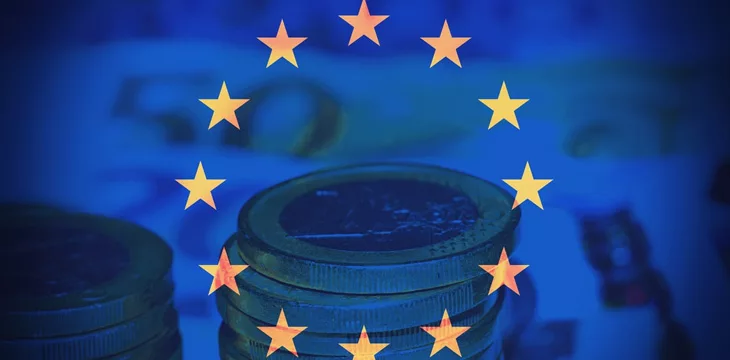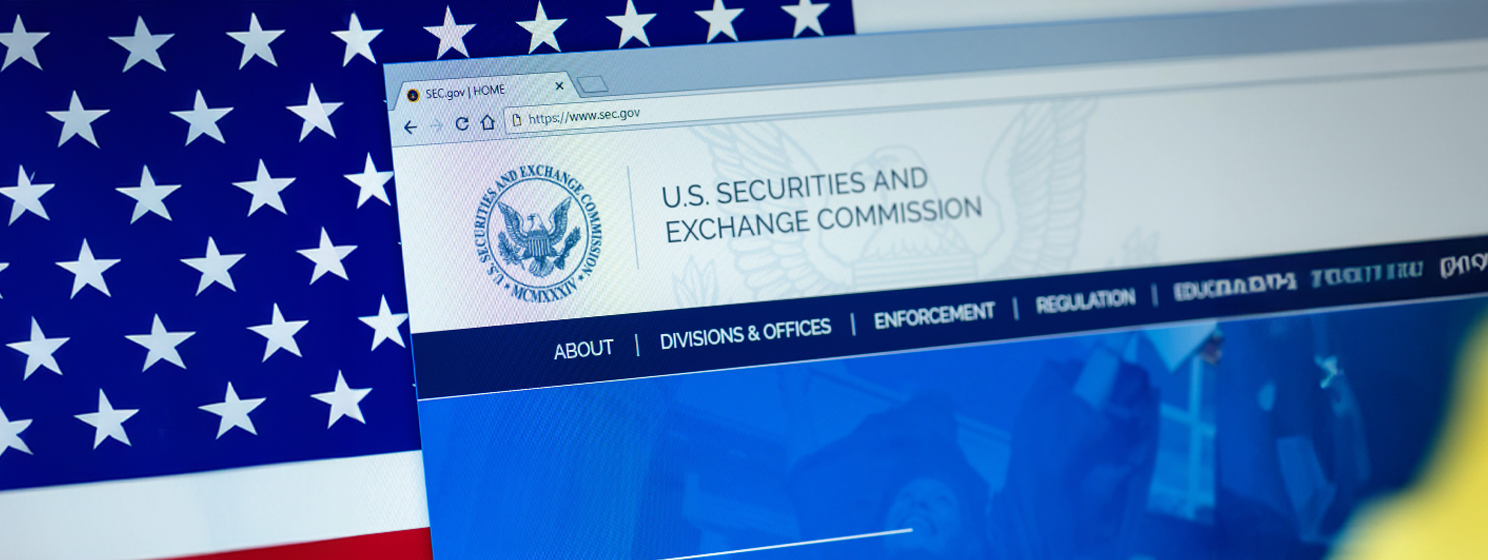
|
Getting your Trinity Audio player ready... |
The European Securities and Markets Authority (ESMA) received largely positive feedback from its Securities and Markets Stakeholder Group (SMSG) on two consultations relating to the EU’s Markets in Crypto-Asset (MiCA) regulation, including a tightening of third-country services solicitation rules and more uniform definitions of digital assets and financial instruments.
ESMA is the EU’s top financial markets regulator and the body tasked with overseeing the implementation of the bloc’s landmark MiCA regulation for the digital asset space, passed last April.
On January 29, ESMA launched two consultations relating to MiCA: one on providers from third countries promoting digital assets in the EU, something on which ESMA does not look kindly; the other covering a ‘crypto-asset’ falling under the new MiCA regulations rather than the bloc’s MiFID II securities laws, which ESMA also oversees.
One of the bodies consulted was ESMA’s SMSG, which “facilitates stakeholder consultation by providing technical advice on ESMA policies under development.”
The SMSG comprises 30 members representing financial market participants operating in the EU, including academics, representatives of small- and medium-sized businesses, consumers, and users of financial services.
On May 2, the SMSG provided feedback on ESMA’s consultations, largely agreeing with the regulator on many key points.
Reverse solicitation
“The SMSG fully supports the restrictive approach to the reverse solicitation exemption put forward by ESMA as it is consistent with investor protection and fair competition,” said the group.
This ‘restrictive’ approach involves ESMA adding a number of caveats to the existing MiCA rules around third-country firms (firms based outside the EU) providing crypto-asset services.
Currently, third-country firms are limited by MiCA to only provide services when they are on the initiative of a client—the so-called “reverse solicitation” exemption.
ESMA clarified in its consultation that this exemption should be understood as very narrowly framed, so as not to be exploited to circumvent MiCA, and proposed adding a time restriction.
A third-country firm that fulfills the other requirements of reverse solicitation may not offer any further digital asset services to the same client if more than one month has passed since the customer’s request, and this also applies if they are of the “same type” of digital asset as those originally requested.
MiCA provided a non-exhaustive list of pairs of crypto-assets which should not be considered as belonging to the ‘same type’ for the purpose of the reverse solicitation exemption. These include utility tokens, asset-referenced tokens, or electronic money tokens; crypto-assets not stored or transferred using the same technology; electronic money tokens not referencing the same official currency; and asset-referenced tokens based mostly on fiat currencies and asset-referenced.
The regulation, as it stands, leaves open the possibility for a third-country firm that has been solicited by an EU client to offer (unsolicited) services related to other assets of the ‘same type’ as that in the original solicitation. However, in its consultation ESMA proposed including assets of the same type in the time limited.
Meaning, one month after an EU client has solicited the services of a third-country firm, that firm can no longer offer any unsolicited digital asset services to the client. A policy with which the SMSG agreed.
The other consultation related to the arguably thornier subject of when an asset is considered a security or digital asset, and what license crypto asset service providers (CASPs) need for each.
Digital asset or financial instrument
Currently, MiCA does not apply to digital assets that qualify as financial instruments, as defined by the Markets in Financial Instruments Directive II (MiFID II), the EU-wide regulation that ensure fairness and standards across financial markets.
Because of the way each country within the EU implemented MiFID II, there’s no standard definition of a financial instrument throughout the bloc. Before MiCA, this was not a huge problem, as generally, most financial instruments were covered in some way or another by the same regulation, despite some differences in definitions at a country level.
However, with the passage of the law of MiCA, it’s now crucial for CASPs to know whether they are dealing with financial instruments or digital assets in order to know which regulation applies to them.
For example, if a CASP regulated in France wants to sell a digital asset in Germany and Italy, but under their different definitions, Germany considers the asset in question a digital asset while Italy a financial instrument, then the CASP would need a MiFID license for the latter transaction but not the former.
This goes against the whole EU passporting concept, which is supposed to provide ease and uniformity when it comes to transacting within and across the bloc.
In its response to ESMA’s consultation, the SMSG proposed clearly defining financial instruments in regulation or giving ESMA the powers to determine whether or not a particular asset qualifies.
“The SMSG supports, in case of doubt, the adoption of an extensive interpretation for the qualification of crypto-assets as financial instruments as it would reinforce investor protection thanks to the application of the MiFID II well-established regulatory framework,” said the group.
It added that “the qualification of a financial instrument should depend on the rights and obligations that define its legal and economic profiles.”
Another practical suggestion the SMSG posited was that authorities should share information in order that when an asset is being sold, investors and providers are informed about which framework applies to the transaction—MiCA or MiFID II.
Watch: It’s time for regulation to enable blockchain growth

 11-22-2024
11-22-2024


